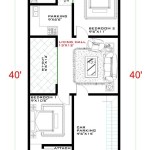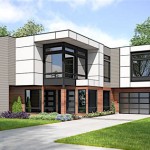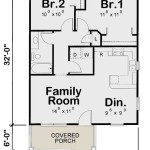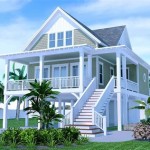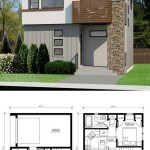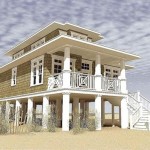Creating the Perfect Owl House Plans and Ideas for Free
Owls are fascinating and beneficial birds that can be found in many parts of the world. If you're interested in attracting owls to your property, one of the best things you can do is build them a house. Owl houses are relatively easy to build, and there are many free plans and ideas available online. Here are some essential aspects to consider when creating the perfect owl house plans and ideas for free:
1. Location
When choosing a location for your owl house, it's important to consider the following factors:
- Privacy: Owls prefer to nest in areas that are secluded and away from human activity.
- Protection from the elements: The owl house should be placed in a location that is protected from the wind, rain, and snow. A south-facing location is best for maximizing sunlight and warmth.
- Access to food: Owls need to be able to hunt for food near their nest. Choose a location that is near a wooded area or other open space where owls can find prey.
2. Size
The size of the owl house will depend on the species of owl you are hoping to attract. Here are some general guidelines:
- Small owls (e.g., screech owls, saw-whet owls): 8" x 8" x 12" (width x height x depth)
- Medium owls (e.g., barred owls, great horned owls): 12" x 12" x 18"
- Large owls (e.g., snowy owls, great gray owls): 18" x 18" x 24"
3. Design
Owl houses should have the following design features:
- Entrance hole: The entrance hole should be large enough for the owl to enter and exit easily. The hole should be placed near the top of the house and should be 3-4 inches in diameter for small owls and 6-8 inches in diameter for large owls.
- Perch: A perch should be placed below the entrance hole to give owls a place to land before entering the nest.
- Ventilation: The owl house should have small ventilation holes to allow air to circulate and prevent moisture from building up.
4. Materials
Owl houses can be made from a variety of materials, including wood, plastic, and metal. Wood is the most common material used, and it is a good choice because it is durable and relatively easy to work with. However, plastic and metal owl houses can also be effective, and they may be more durable than wood in some cases.
5. Construction
When constructing an owl house, it is important to follow these tips:
- Use untreated wood: Treated wood can contain chemicals that are harmful to owls.
- Make sure the house is weatherproof: The house should be painted or sealed to protect it from the elements.
- Install the house securely: The house should be mounted on a post or tree at least 10 feet off the ground.
6. Monitoring
Once you've built your owl house, it's important to monitor it regularly to see if it's being used. You can do this by checking for signs of owl activity, such as feathers, droppings, or eggs. If you see any signs of owl activity, it's important to leave the house undisturbed so the owls can continue to use it.
Conclusion
Building an owl house is a great way to attract these beneficial birds to your property. By following these tips, you can create the perfect owl house that will provide a safe and comfortable nesting place for owls for years to come.

Owl House Plans Free Bird

Owl House Plans Free Bird

Owl House Plans Free Bird

Barred Owl House 70birds Birdhouse Plans Index

Barn Owl Nestboxes Free Nest Box Plans

Barn Owl Nestboxes Free Nest Box Plans

Barn Owl Nestboxes Free Nest Box Plans

Owl House Plans Free Bird

Habitat Project Eastern Screech Owl Boxes

How To Make A Barn Owl Nest Box Game And Wildlife Conservation Trust
Related Posts

